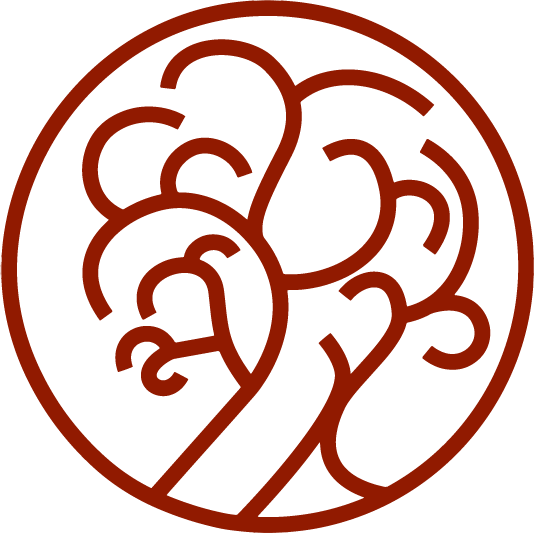"The divine flame of thought is inextinguishable in the Filipino people, and somehow or other it will shine forth and compel recognition. It is impossible to brutalize the inhabitants of the Philippines!" - Jose Rizal
Unless you are Filipino, or have experienced Filipino culture, chances are you’ve never heard of a bahag. “What is a bahag?”. That’s simple, it’s a traditional loincloth of indigenous Philippine peoples, especially the Igorot or Cordillera Peoples. “Who are the Igorot?”. Well like most aspects of culture and heritage a single sentence never captures the full story. So let’s take a look at what the bahag really means in Filipino culture.
Who Are the Igorot People?

One of the most beautiful and rich Asian cultures, the Igorot People are made up of several indigenous groups situated in the mountains of Luzon, Philippines. The term “Igorot” is taken from the Austronesian term “mountain dwellers” or “mountain people”. Igorot generally encapsulates six different ethnic groups the Bontoc, Ibaloi, Ifugao, Isneg, Kalinga, and Kankanaey.
An ancient Asian culture that predates Spanish influence, the Igorot have fought to defend their lands and traditions for hundreds of years. In fact, it is one of the most well-preserved traditional Filipino cultures due largely to their ability to ward off the Spaniards. They have adamantly fought for their continued independent of outside influencers for some 333 years.
What is the Bahag?

The Bahag is just one aspect which has persevered in Igorot culture. While in English bahag simply translates to loincloth, different groups have different names for it. The Bontoks and Kankanaeys call it wanes, the Ibaloys kuval and the Ikalalan kubal. Meanwhile the Kalingas call it ba-ag, the Isnegs, abag and the Ifugao, wanoh. Typically it is two to three and a half meters long and half a meter wide. However, depending on how it is worn the front portion of the cloth can hang longer or shorter.
While today cloth is primarily used, in Pre-Spanish Filipino culture, tree bark and or dried banana leaves were used to create a bahag. It was with the availability of woven cloth that was later added to tree bark or banana leaves, making the more modern version we see today. What is truly fascinating though is the process of making the traditional bark bahag, as William Henry Scott explains in his book: A Sagada Reader:
“The bark is taken off the tree without necessarily taking the tree down. They first cut two straight lines up and down both sides of the tree, and then it is beaten down with a round piece of wood that will not cut it, to loosen it before pulling it off. Then they take it home and soak it in water overnight to make it elastic and soft. Then they whip it with a club all over a flat piece of wood to make it soft and comfortable to wear. Next day, they dry it in the sun, but they have to put it in a cool place to soften again. In about two days, it is ready to wear.”
Style and Meaning

The bahag is made with a variety of rich colours and designs for each particular indigenous culture. For example, the Isneg People usually wear blue bahags while Ibaloys sport white, and Kankanaeys have blue and red designs. Some, like the Kalingas, even adorn their bahags with beads or shells.
What Was the Bahag Used For?
While the primary use of the bahag was to cover and protect the wearer from the elements, it also distinguished members in the community. In ancient times the different designs and colour combination would symbolize your status. For example, the greater colour combinations and diverse the design the higher your status was in the community. It also distinguished hunters from healers, the old from the young, and kin from friends. However, this has changed in contemporary Igorot society, as anyone can have a diverse and intricate design that best fits them.
At first glance the Bahag may just appear to be a simple loincloth, but it is much more to the Igorot people. It is a part of their personality, their story, and signals the perseverance of an ancient peoples. The Bahag is part and parcel of Igorot culture, and Igorot pride.


